Jecheon Oksunbong Suspension Bridge (제천 옥순봉 출렁다리)
16.9 Km 0 2022-04-08
342, Oksunbong-ro, Jecheon-si, Chungcheongbuk-do
+82-43-641-6738
Near one of Korea's Scenic Spot, Oksunbong Peak, Oksunbong Suspension Bridge provides visitors with a thrill stretching 222 meters long, 1.5 meters wide. The Deck Road and trekking trail made of palm tree mat completes the total length of 944 meters. Visitors can also easily get to Cheongpungho Lake and Oksunbong Peak.
Jecheon Wild Herb Village (제천 산야초마을)
17.0 Km 28238 2024-02-26
3 Oksunbong-ro 6-gil, Susan-myeon, Jecheon-si, Chungcheongbuk-do
Jecheon Wild Herb Village, nestled between Geumsusan Mountain and Cheongpungho Lake, benefits from a pristine mountain environment that has supported the production of medicinal herbs and forest products for oriental medicine since ancient times. This village continues its agricultural practices to this day, offering visitors the opportunity to experience natural medicines, forest products, and agricultural goods. For those interested, there are options to stay in the village for a week or a month, allowing for an extended exploration of its natural bounty and traditions.
Maguryeong Pass / Gochiryeong Pass (마구령/고치령)
18.9 Km 33668 2024-02-23
[Maguryeong Pass] Imgok-ri, Buseok-myeon, Yeongju-si, Gyeongsangbuk-do
Maguryeong Pass and Gochiryeong Pass stand as iconic hills of Sobaeksan Mountain. They are known for their historical significance as rugged pathways where people and goods traversed during the Goryeo and Joseon dynasties. Situated on the easternmost edge of Sobaeksan Mountain, Maguryeong Pass derives its name from its function: "Magu" meaning "harness" and "Ryeong" meaning "pass" in Korean, highlighting its past as a route where merchants commonly traveled on horseback. Meanwhile, Gochiryeong Pass served as a vital transport link to the Gwandong and Hoseo regions. In the Silla dynasty, this pass was earmarked for palace construction at the base of the hill, which led to its name "Gochiryeong" – "Go" indicating "old", "Chi" representing "hill", and "Ryeong" meaning "pass" in Korean – effectively translating to "old hill pass".
Jeongbangsa Temple (정방사)
19.0 Km 16962 2021-11-10
165, Oksunbong-ro 12-gil, Jecheon-si, Chungcheongbuk-do
+82-43-647-7399
Located on a ridge of Sinseonbong Peak (845 meters) nearby Geumsusan Mountain, Jeongbangsa Temple was founded by Buddhist Monk Uisang in the second year (662) of King Munmu’s reign during the Silla dynasty. Jeongbangsa Temple is a branch of Beopjusa Temple located on Songnisan Mountain and is a well known oratory amongst Buddhists. The temple offers fantastic views of Cheongpungho Lake that are said to calm and clear the mind. A unique feature of this temple is the mountain wall making up a portion of the temple roof.
Neunggang Sotdae Art Museum (능강솟대문화공간)
19.3 Km 11171 2021-09-18
1100, Oksunbong-ro, Jecheon-si, Chungcheongbuk-do
+82-43-653-6160
Neunggang Sotdae Art Museum in Jecheon is a museum of sotdae, ancient prayer poles with a duck or bird-shaped figurine on top that were usually placed at the village entrance. Many of these artifacts can be found inside and outside of the museum, which is located near the vast Chungjuho Lake. Other nearby tourist attractions include Neunggang Valley, situated at the foot of Geumsusan Mountain and surrounded by lush pine forests, rocky cliffs, streams and waterfalls. There is also Jeongbangsa Temple, which is said to have been built by the renowned Buddhist Monk Uisang, during the Silla era.
Neungganggyegok Valley, Eoreumgol Valley (능강계곡, 얼음골)
19.6 Km 65273 2024-02-26
San 30-4, Neunggang-ri, Susan-myeon, Jecheon-si, Chungcheongbuk-do
Neungganggyegok Valley (Eoreumgol Valley) is within the mountains near the Cheongpungho Lake. Located in a high area surrounded by mountains, the sun reaches the area far less than others. In fact, the name Eoreumgol Valley references how the lush forests and the area’s geographical features have made the summer here so cool that the ice (eoreum) is said to have been left frozen even in the x_height of summer. The water originating from Eoreumgol Valley flows into the Cheongpungho Lake through Neungganggyegok Valley.

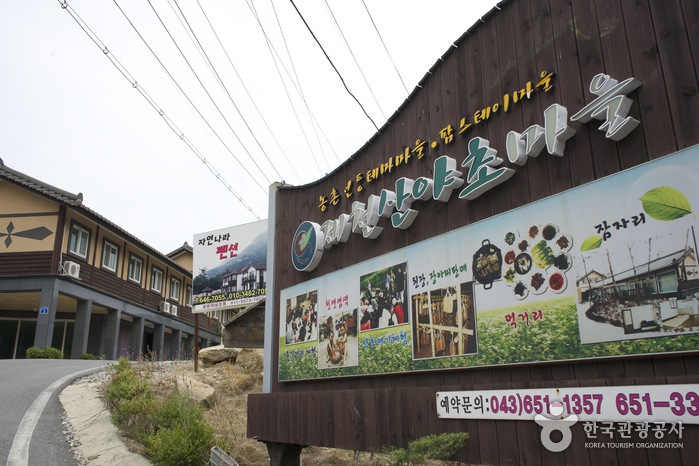
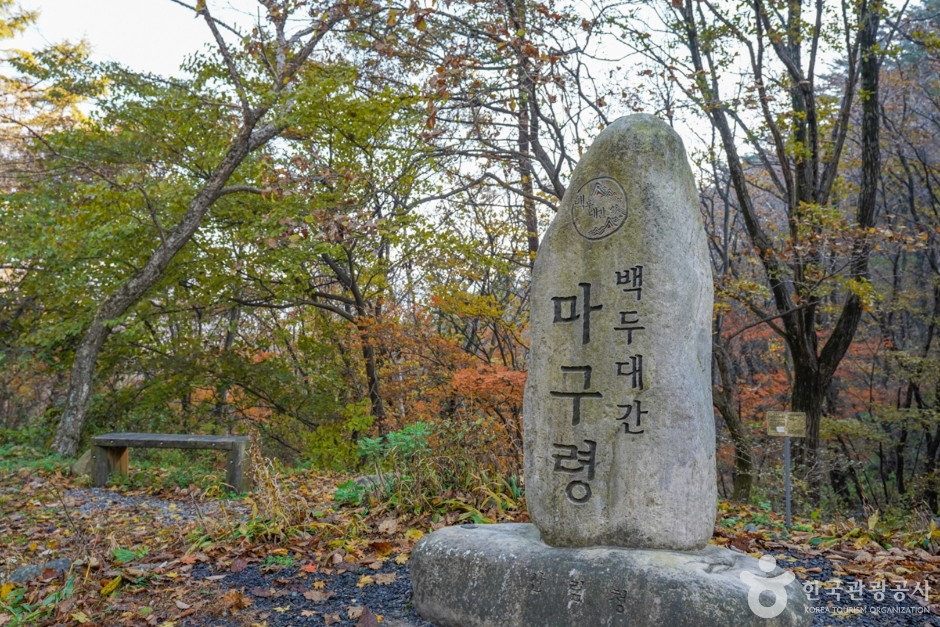
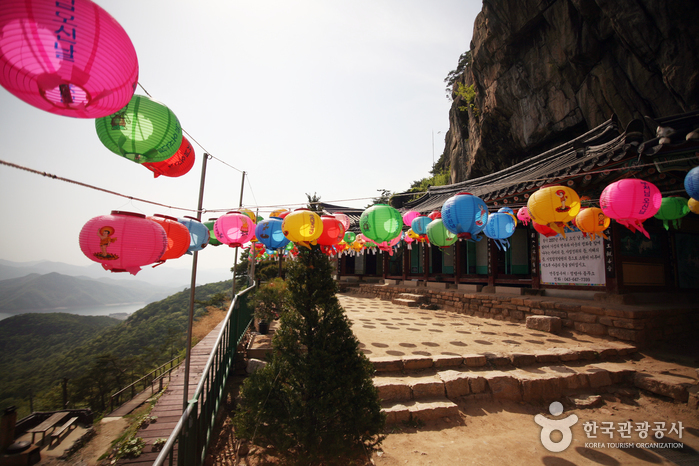
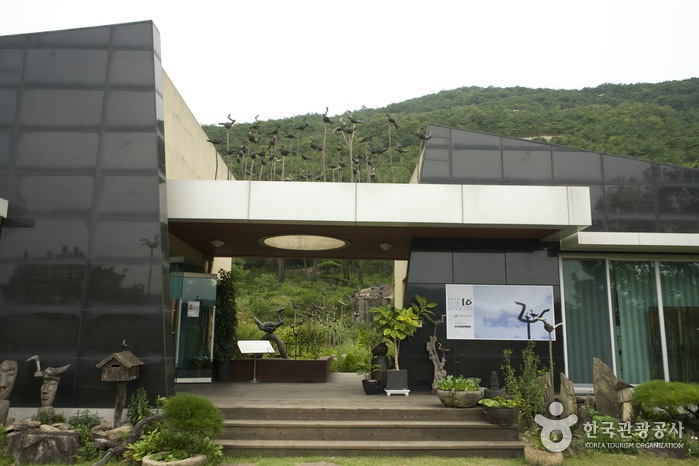
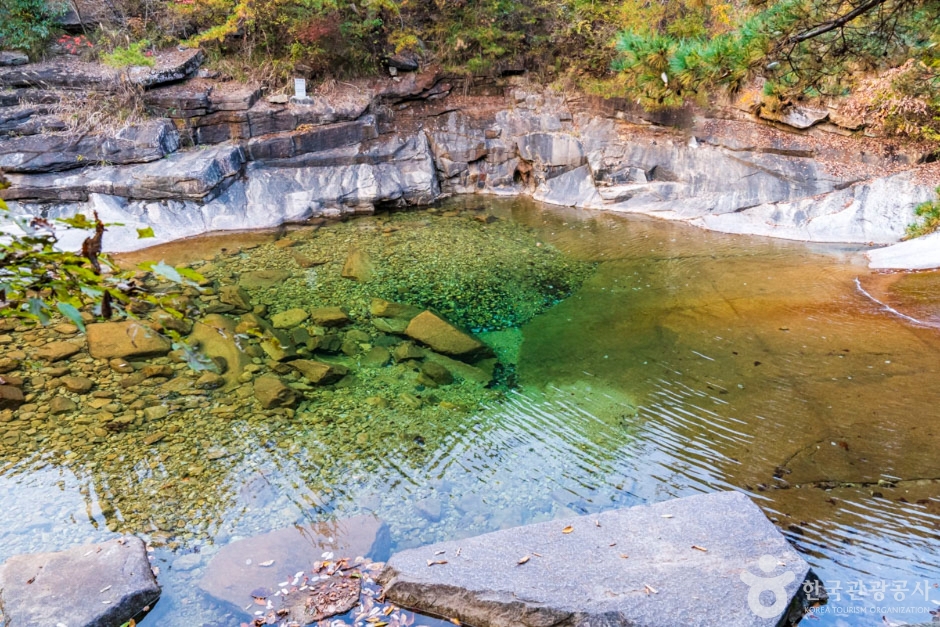
 English
English
 한국어
한국어 日本語
日本語 中文(简体)
中文(简体) Deutsch
Deutsch Français
Français Español
Español Русский
Русский